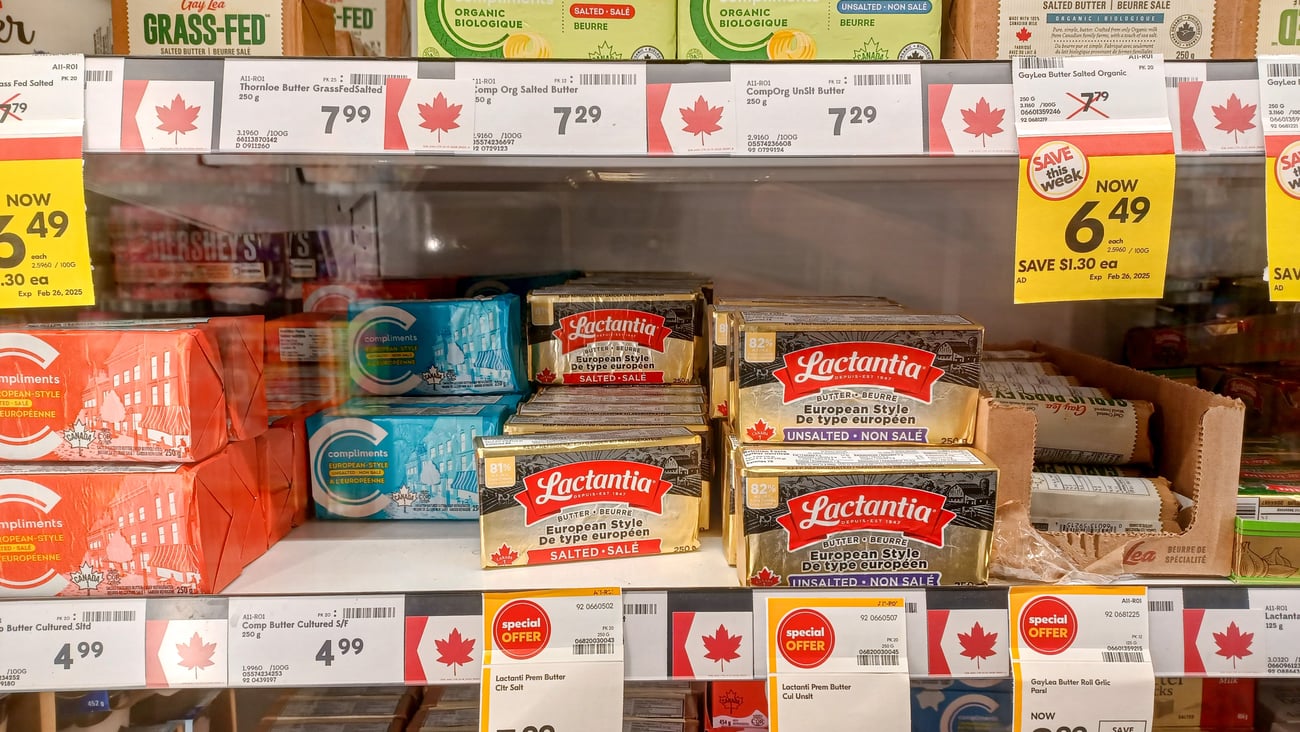High times for cannabis?
The legalization of cannabis in Canada is a game changer. With Canada only the second country in the world to legalize it (after Uruguay), Mintel’s new report Cannabis in Canada: A Comprehensive Look explores the impact of legalized cannabis on the retail and food and drink landscape, identifying potential opportunities and challenges.
Sizing up the market: over one quarter of Canadians aged 20 and over claimed they used marijuana or cannabis in the six months leading to May 2019. While this is well behind the three-quarters of Canadians who drank alcohol over that same period, it still represents a substantial share of the population. That said, while consumption of alcohol varies little by age, the same can’t be said of cannabis, with nearly half of young adults aged 20 to 24 having turned to the substance at some point. With cannabis proving more popular with today’s younger generation, the prospect of cannabis mainstreaming in the future is real.
With more than one-quarter of Canadian adults claiming to use cannabis, this also means three-quarters say they don’t. That said, a third say that while they don’t currently use marijuana or cannabis, they are open to trying it. These open non-users skew older, with those 35 and older slightly more likely to fall within this segment, which differs from current cannabis users who, as mentioned, tend to be younger. While cannabis is often perceived as being for “the young,” consumer feedback says older adults should not be discounted.
PREFERRED CANNABIS FORMATS
Edibles and drinkables represent clear growth opportunities in the market. Though most current users smoke cannabis in a rolled format, edibles and drinkables are the preferred method of introduction among those who don’t currently use cannabis, yet express interest in trying it. With the recent legalization of edibles and drinkables, new options are coming onto the market to address demand, leading what is certain to be an influx of innovation.
So why do users turn to cannabis? Relaxation and relieving stress and/or anxiety top the list of reasons. It’s perhaps no surprise then that tea, often associated with relaxation and emotional well-being, is the most popular prospect for cannabis-infused beverages. For many, a format such as tea—which offers an appeal that extends beyond “getting high” and that is tied to balance—is something consumers can relate to. That said, it’s also probably not too surprising that when it comes to edibles, sweet and indulgent snack foods hold the most appeal in the space with baked goods, chocolate and candy proving popular options, indicating a level of versatility when it comes to edibles and drinkables.
EXPERTISE IS KEY
Despite the relatively high level of interest when it comes to trying cannabis, confusion still exists. This confusion is reflected in the fact that more than half of Canadians claim they do not know the difference between THC (the psychoactive compound in cannabis, which gets you high) and CBD (the non-psychoactive compound) and that seven in 10 Canadians are uncertain of what dosages they should use. This means know-how is essential for consumers and potential consumers of cannabis. For retailers looking to operate in this space, expertise will be critical to developing a credible presence in the category.
The legalization of cannabis brings with it exciting opportunities for expansion, but understanding how Canadians relate to the category is critical for companies looking to capitalize on the more liberalized environment. With most Canadians claiming to either use or show interest in using cannabis, having a plan in this space is essential now and for the foreseeable future.
This article appeared in Canadian Grocer’s December 2019/January 2020 issue.




